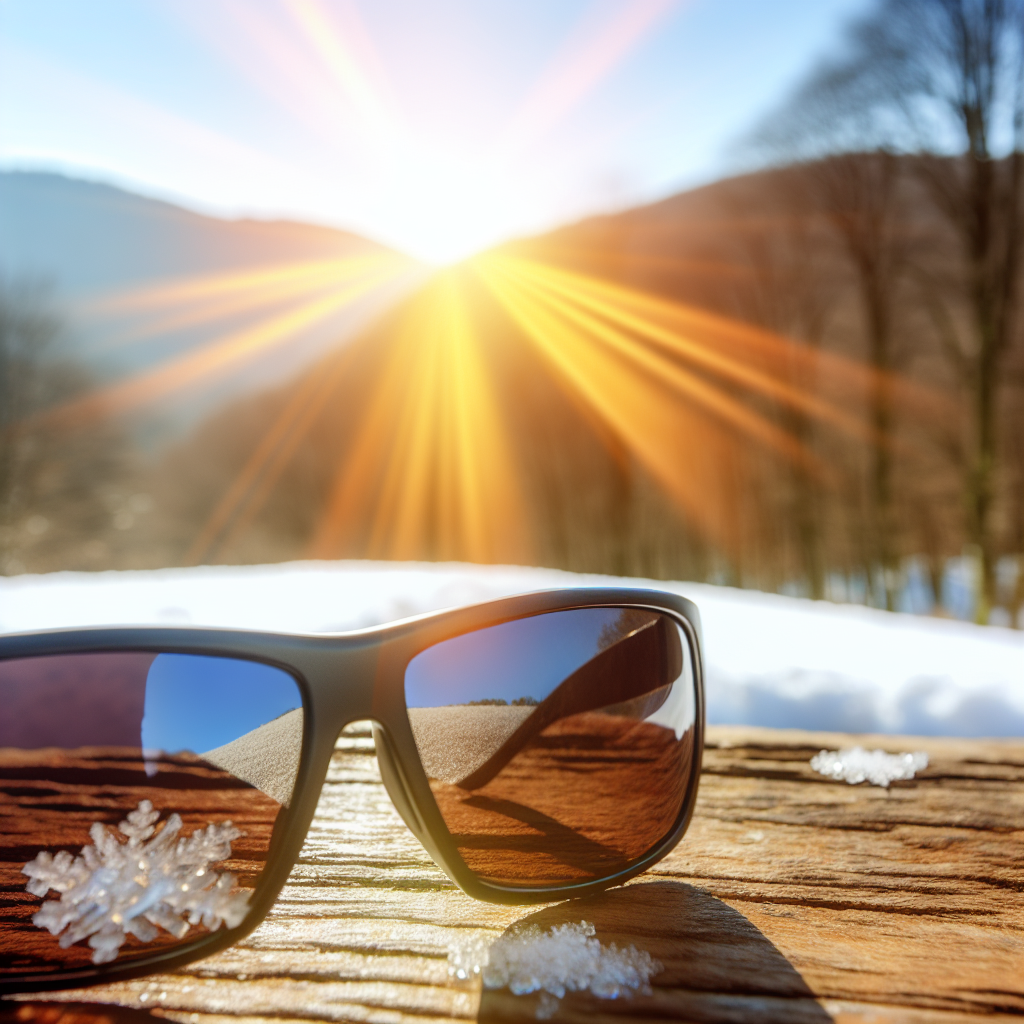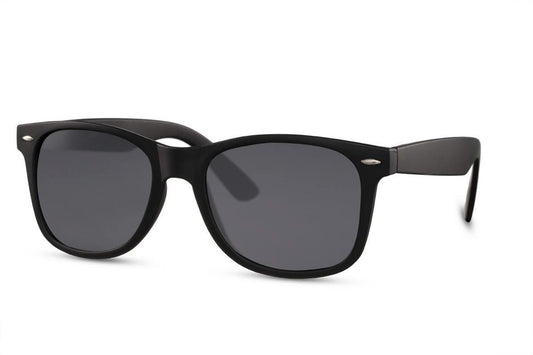
Sunglasses for snow and ice which models protect best
Share
Sunglasses for Winter Use
When snow and ice reflect sunlight, the increased light can strain your eyes. It is therefore essential to choose sunglasses that both protect against UV rays and reduce glare. Winter sunglasses are typically equipped with polarized lenses, which improve contrast and increase visual comfort in intense light conditions.
Technical Specifications and Design
The models are designed with a focus on:
• UV protection: The lenses block harmful rays that can cause eye damage.
• Polarized lenses: Reduce glare and improve contrast, especially during activities such as skiing and ice fishing.
• Ergonomic design: A close fit ensures comfort and stability, even during physical activity.
• Treatments: Mirror and chrome treatments help reflect sunlight away, minimizing reflected light from the snow.
Benefits of Custom-Designed Winter Sunglasses
By investing in sunglasses designed for winter conditions, you get:
• Improved vision in bright light, increasing safety during winter activities.
• A modern and stylish solution that is also practical and functional.
• Protection that is adapted to the extra challenging light conditions encountered in the snow.
Frequently Asked Questions
• How do sunglasses protect against UV rays?
UV protection prevents harmful rays from reaching the eyes, reducing the risk of long-term damage.
• What advantage do polarized lenses provide?
Polarized lenses eliminate glare and increase contrast, improving visibility in bright light.
• How do I ensure that my sunglasses fit well during active winter use?
Choose a model with an ergonomic design and adjustable fit so that the glasses stay in place during physical activity.
• Are special sunglasses for winter use more expensive than regular sunglasses?
The price varies with design and technology, but the investment gives the eye optimal protection under extreme light conditions.





